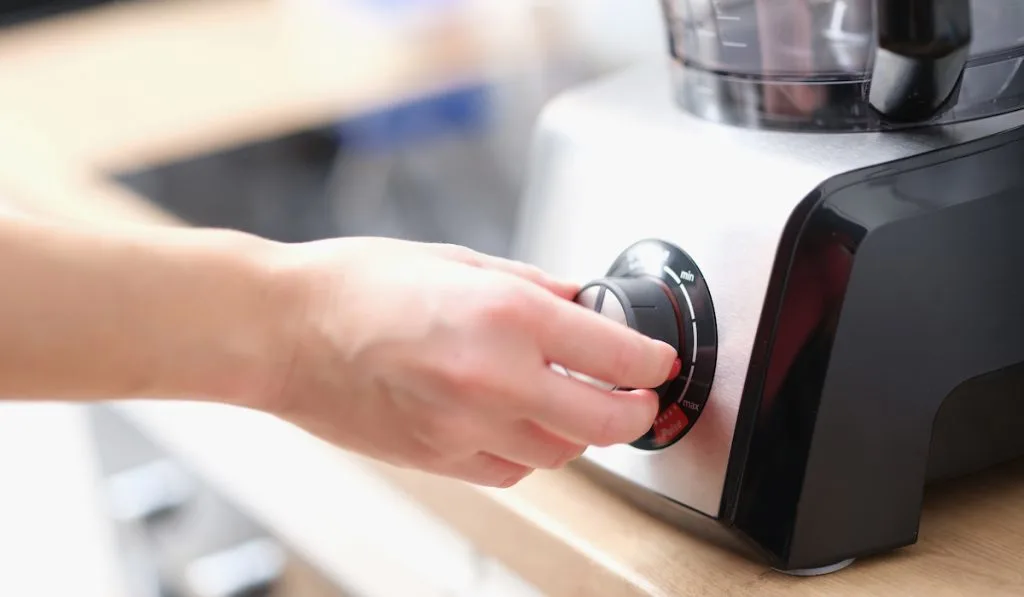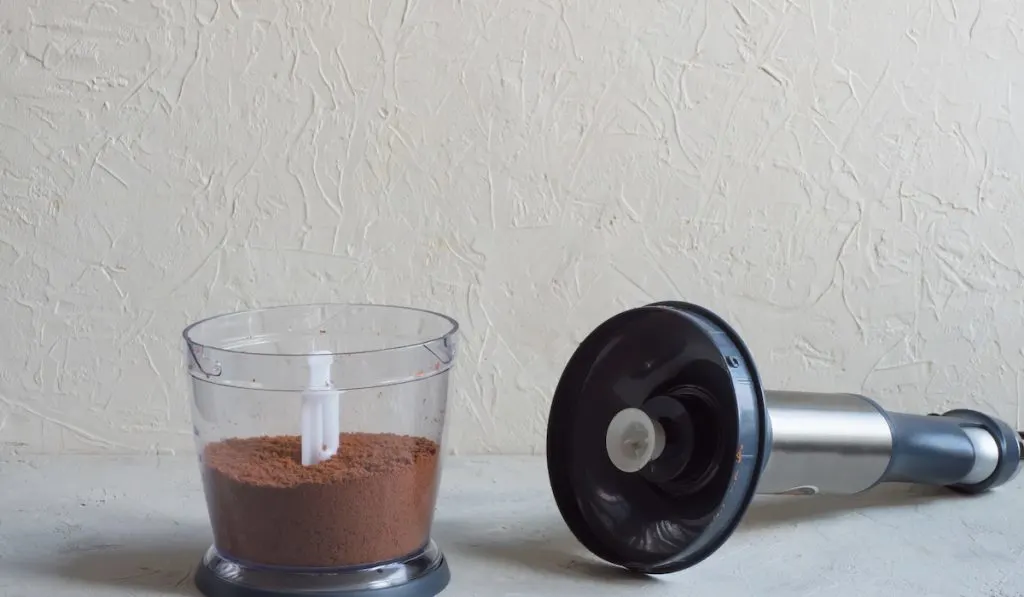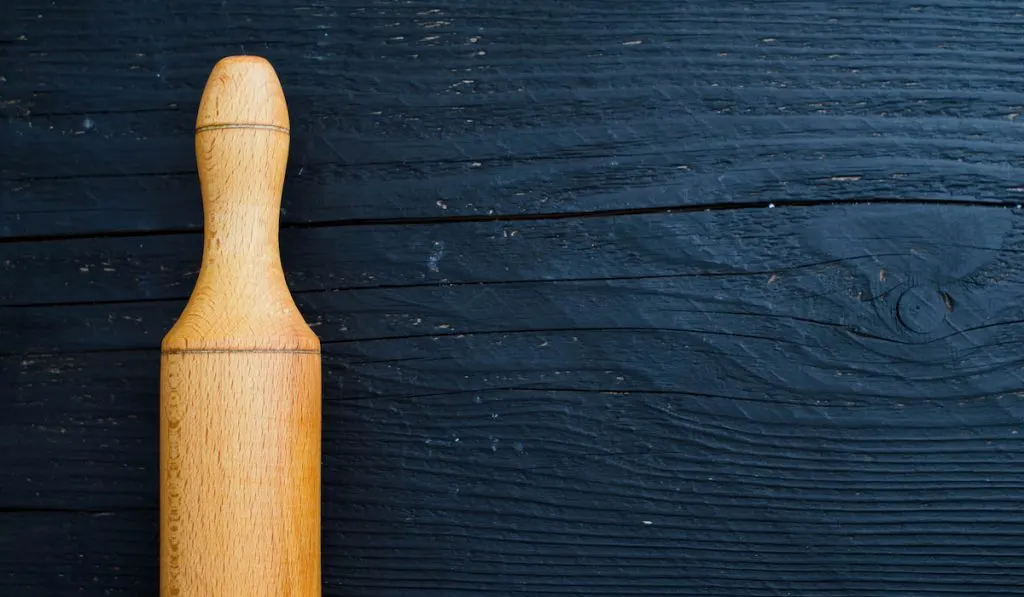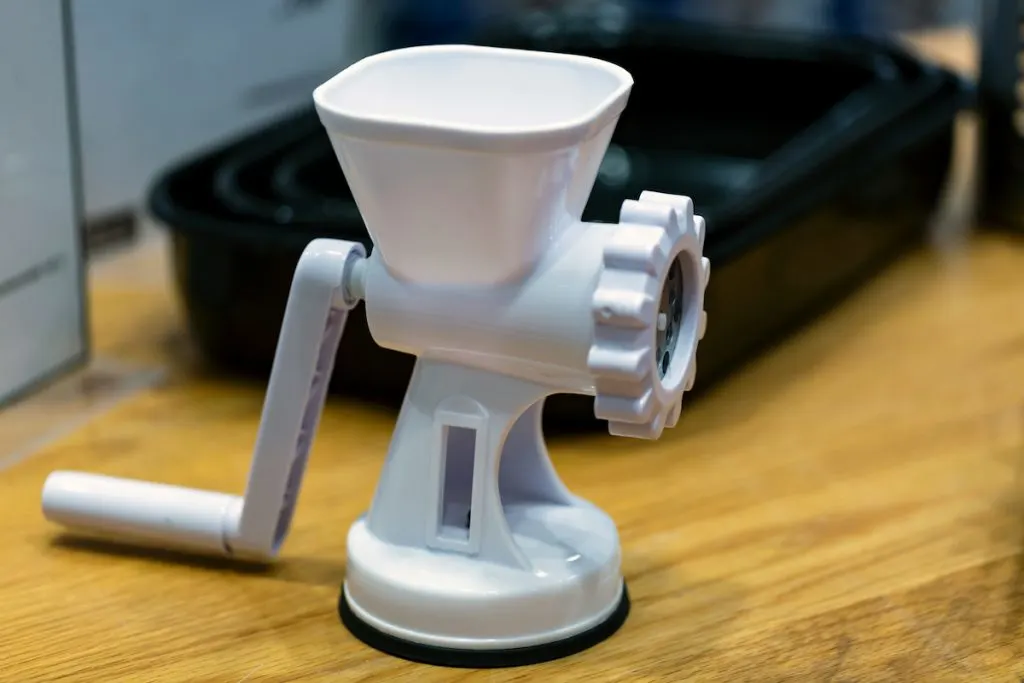You might be able to brew coffee without grinding roasted coffee beans. However, the process will be slower and less efficient. This is why grinding coffee beans before brewing is vital.
So, say you are in a situation where your coffee grinder has stopped working. Or you do not have a coffee grinder at all, but you have a blender. Can you grind coffee beans with the blender? Let us find out.
Can I grind coffee beans in a blender?
You can grind coffee beans in a blender. Blenders come with blades that will mill coffee beans in a way that is similar to coffee grinders.
However, the consistency of coffee beans crushed with blenders will never be the same as those milled with coffee grinders.
If you are not familiar with grinding coffee beans in a blender, we’ve got you covered. In this article, we discuss how to grind coffee beans in a blender and much more.
Can I Grind Coffee Beans in a Blender?
You can grind coffee beans in a blender. The blades of a blender operate like the blades of coffee grinders. So, it is no surprise that blenders can work on coffee beans almost in the same way as coffee grinders.
While both machines run similarly, you should know that the texture of the coffee grind produced by each one differs.
Generally, coffee beans milled with blenders are not as consistent as those processed with coffee grinders. They are typically coarser than those crushed with coffee grinders. However, this does not mean that you cannot use them in brewing coffee.
Since blender coffee beans are typically coarser, they are ideal for use in a French press, drip coffee maker, and cold-brew coffee maker.
The blades of a coffee grinder differ from those of a blender. So, while coffee grinders are ideal for dry food items like coffee, blenders are best used for processing food items with liquid-like textures. Hence, the difference in consistency of coffee ground by each one.
How to Grind Coffee Beans in a Blender – 4 Proven Steps
While coffee grinders are more reliable for grinding roasted coffee beans, blenders will still do the job if you do everything right. Follow the steps below for the best results when you grind coffee beans in a blender:
Step 1: Set the Blender Speed

The first thing to do is set the blender speed. For coffee beans, the medium to medium-high speed is most suitable. Alternatively, if the blender has a grinder setting, opt for that mode.
Using the grinder setting on your blender to grind coffee beans might give you a better consistency than the regular blender settings.
Step 2: Add Some Coffee Beans to the Blender
After choosing the appropriate setting on your blender, add some coffee beans to the blender.
The typical recommendation is to add ¼ cup of coffee beans to the blender at a time. Generally, you should not add too many coffee beans to the blender when grinding. If you do, you risk having a highly inconsistent grind; coffee beans grind up nicely when processed in small batches.
Besides helping with grind consistency, grinding in smaller batches also ensures that the beans keep most of their flavor.
Blenders get hotter the longer they run; the heat they generate will cook and evaporate the essential oils that give coffee beans their flavor. When this happens, the usual coffee flavor is lost. Consequently, you may be left with a bitter, unpleasant coffee.
If you try to grind larger batches of coffee beans, you will have to keep the blender running for a long time. Then the blender will get hot, and you know what that means for the flavor of your coffee beans.
Step 3: Grind the Coffee Beans in Short, Rapid Bursts

Once the blender is on the correct setting and the coffee beans are in the blender, grind the coffee beans.
When grinding the beans, ensure you only grind in short, rapid bursts. Remember, letting the blender run for extended periods will cause it to heat up. And this will affect the flavor of the coffee beans.
You could grind the beans for around 3 to 5 seconds per burst. Repeat the short, rapid bursts 4 to 6 times for a total of 20 to 30 seconds.
While grinding, you may tilt the blender gently. Doing this pushes more coffee beans in the path of the blender’s blade, ensuring a uniform grind.
When grinding the coffee beans, ensure the blender’s lid stays on. Else, the beans will come flying out when you pulse them.
Step 4: Empty the Blender and Repeat the Process for Other Batches
Once you are done blending the first batch, empty the blender. Add a new lot of coffee beans, and repeat all the steps.

Pros and Cons of Using a Blender to Grind Coffee Beans
Pros of Using a Blender to Grind Coffee Beans
- In a situation where your coffee grinder suddenly becomes faulty, blenders serve as a worthy alternative. So, you will not have to miss out on your usual fresh coffee.
- As with coffee grinders, blenders give you freshly ground coffee beans. So, you can have fresh and flavorful cups of coffee right in your home.
Cons of Using a Blender to Grind Coffee Beans
- The texture of the grind from blenders is not as consistent as that from coffee grinders (especially burr grinders).
- The grind from blenders is typically coarser than what a coffee grinder produces. So, it may not be suitable for all types of coffee makers.
- There is a chance of the coffee beans losing their flavor as the blender gets hot during grinding. This is why it is recommended that one pulses the beans while blending.
- With coffee grinders, you can easily control the particle size of the grind you want. Doing the same with a blender may not be as easy.
Other Ways to Grind Coffee Beans Without a Coffee Grinder
Mortar and Pestle

Besides a coffee grinder and a blender, you can grind coffee beans with mortar and pestle. But you should know that this method is pretty labor-intensive. Also, it takes more time to grind coffee beans with a mortar and pestle.
When grinding coffee beans with mortar and pestle, ensure you do not fully fill the mortar. If you do, the beans will spill out while you mill them. Filling about 1/4 to 1/3 should do.
Grinding coffee beans with mortar and pestle involves two types of motions. At the start, you have to hammer the coffee beans to break them into smaller bits. Then as the grinding proceeds, you will roll the pestle over the beans to make them even tinier.
One of the upsides of using mortar and pestle is you can grind coffee beans into various textures. You can make the beans coarse, medium, fine, or superfine; it all depends on the duration and effort you put into grinding.
Hammer

You can also grind coffee beans with a hammer or similar tools like a mallet or a meat tenderizer. Like the mortar and pestle method, grinding coffee beans with a hammer is labor-intensive. But it is pretty handy.
If you use a hammer to grind coffee beans, do not expect a fine or superfine grind. The best you can get is a coarse or medium coffee grind.
To grind coffee beans with a hammer, place them in a plastic bag. This way, the beans do not go flying around as you smash them. Ensure the bag doesn’t have much air in it; this way, it will not pop when the hammer hits it.
While grinding coffee beans with a hammer, be cautious. Because hammers actually break the coffee beans, they can damage your kitchen counter. So, place the beans on a sturdy surface before smashing them.
Rolling Pin

Grinding coffee beans with a rolling pin takes some effort. But the good news is you can get a medium to fine grind from this method.
When grinding coffee beans with a rolling pin, place them in a plastic bag. This will ensure the beans stay in place as you grind.
While grinding the beans with the rolling pin, pay attention to texture uniformity amongst the beans in the batch.
Hand Mincer

The outlet holes in a hand mincer are pretty big. So, coffee beans ground with hand mincers are generally coarse. But if you want slightly finer textures, repeat the grinding process a couple of times. Alternatively, you may combine the hand mincer method with the rolling pin or hammer method.
Besides the limitation in grind texture, hand mincers only take minimal amounts of coffee at a time. So, if you have a large batch to grind, seek a faster option.
Food Processor
The food processor method for grinding coffee beans is similar to the blender method. However, food processors are relatively better at grinding dry food items like roasted coffee beans.
To grind coffee beans with a food processor, follow the steps we highlighted for blenders.
Resources
- https://www.coffeebean.com/blog/our-coffee/how-grind-coffee-beans-without-grinder
- https://www.foodnetwork.com/how-to/articles/grind-coffee-beans-blender
- https://www.prolinerangehoods.com/blog/how-to-grind-coffee-beans-without-a-grinder
- https://www.homegrounds.co/how-to-grind-coffee-without-a-grinder/#2_A_Blender
- https://www.chicagotribune.com/consumer-reviews/sns-bestreviews-kitchen-grind-coffee-beans-with-blender
- https://iupilon.com/coffee-grinder-vs-blender
- https://www.kitchenaid.com/pinch-of-help/countertop-appliances/difference-between-food-processor-and-blender
